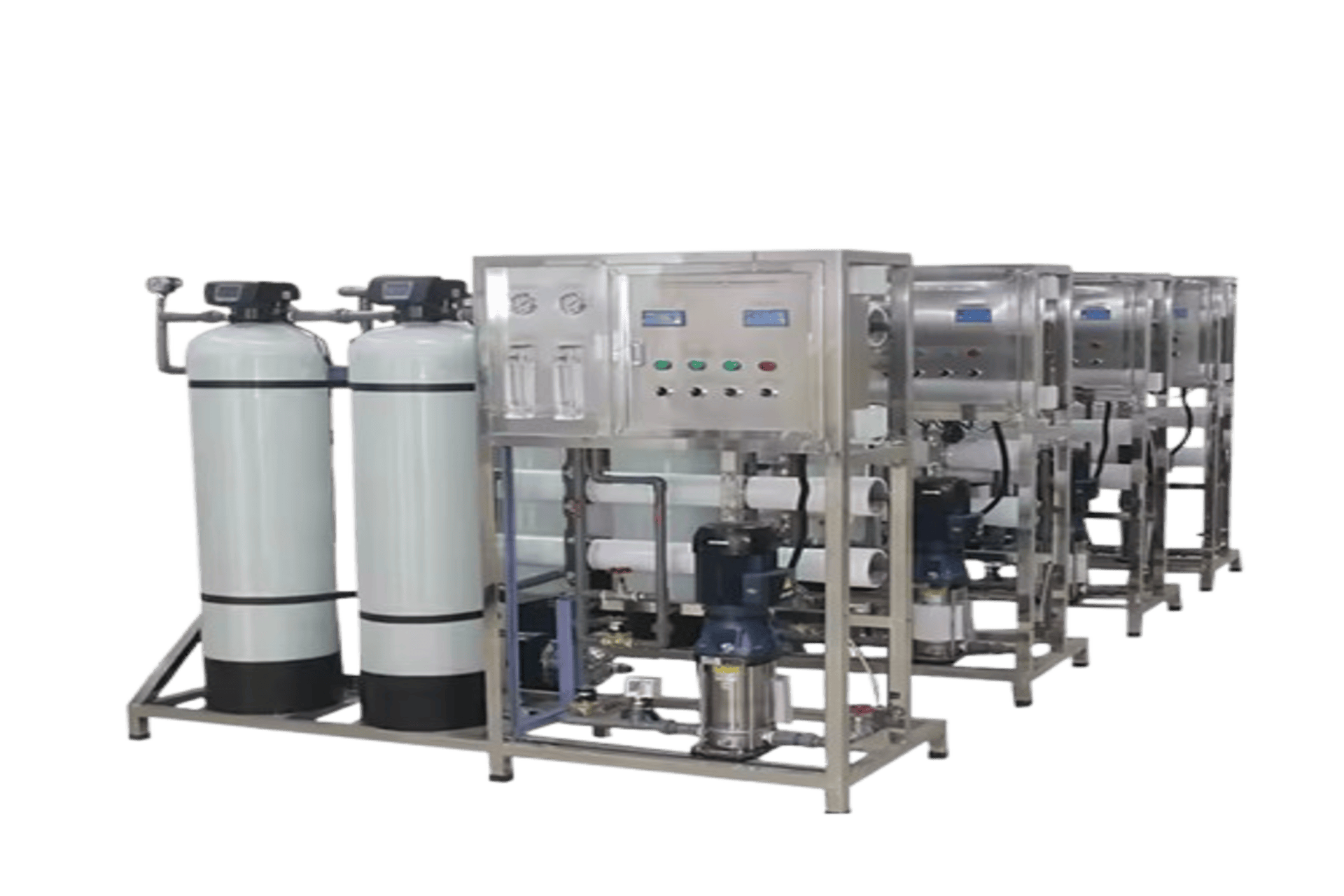Sea water desalination is a critical process for converting salty seawater into fresh, potable water. With the growing demand for water worldwide, desalination technologies, particularly Reverse Osmosis (RO), have become essential in providing an alternative water source, especially in arid regions or areas with limited natural freshwater resources.
The Process of Reverse Osmosis (RO) Reverse Osmosis (RO) is a membrane-based filtration process that removes dissolved salts and impurities from seawater. In this process, seawater is forced through a semi-permeable membrane that allows only water molecules to pass through while blocking larger molecules, including salts. The result is purified freshwater on one side of the membrane, while the concentrated brine is discharged on the other.
Applications of Sea Water Desalination Desalinated water produced through RO can be used for drinking, agricultural irrigation, and industrial processes. It is particularly valuable in areas where freshwater sources are scarce, such as Middle Eastern countries, coastal cities, and remote islands. Desalination plants are increasingly being built to meet the growing demand for clean water in regions facing droughts and water shortages.
Benefits of Sea Water Desalination Sea water desalination provides a reliable and sustainable source of water. It helps mitigate the effects of droughts and reduces dependence on natural freshwater sources, such as rivers and lakes. Additionally, desalination technologies can be powered by renewable energy sources, making them environmentally friendly.
Challenges and Future of RO Desalination Despite its benefits, RO desalination comes with challenges, including high energy consumption, cost, and environmental concerns related to brine disposal. Ongoing research is focused on improving efficiency, reducing costs, and developing eco-friendly solutions to overcome these obstacles and make desalination more accessible globally

